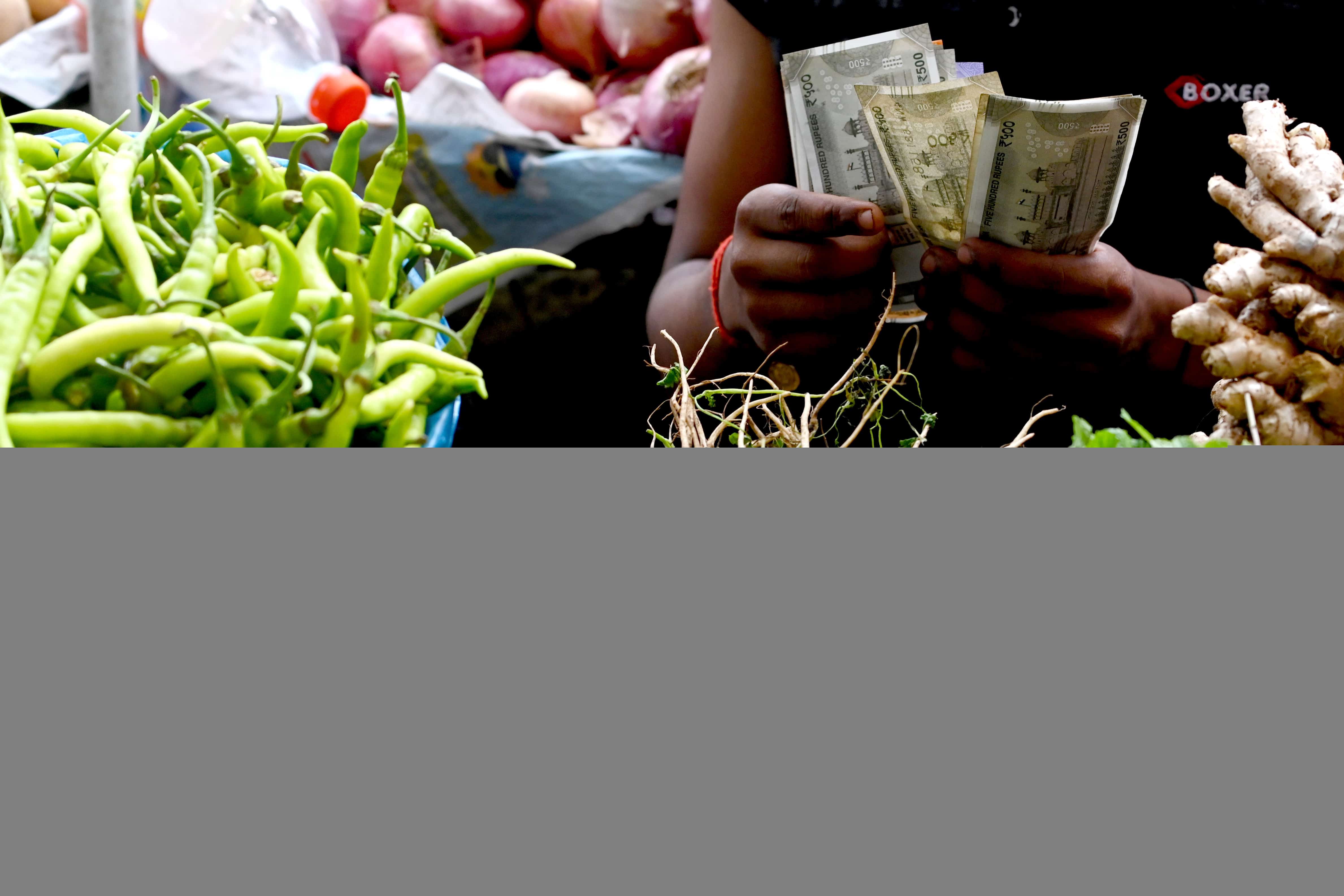Rome, Italy — The benchmark for world food commodity prices rose in November to its highest level since April 2023, increasing by 0.5 percent from October, driven by surging international vegetable oil quotations, the Food and Agriculture Organisation of the United Nations said Friday.
The FAO Food Price Index, which tracks monthly changes in the international prices of a set of globally-traded food commodities, averaged 127.5 points in November, up 5.7 percent from a year ago while still 20.4 percent below its March 2022 peak.
The FAO Vegetable Oil Price Index increased by 7.5 percent in November from October, marking its second large increase in two months and 32 percent higher than its year-earlier level.
Global palm oil prices climbed further amid concerns about lower-than-expected output due to excessive rainfall in Southeast Asia.
World soyoil prices rose on global import demand, while rapeseed and sunflower oil quotations increased as tightening global supply prospects affected their respective markets.
Meanwhile, the FAO Dairy Price Index rose 0.6 percent in November, driven by increased global demand for whole milk powder. Butter prices hit record highs due to strong demand and low inventories in Western Europe, while limited export availability pushed cheese prices higher.
The FAO Cereal Price Index fell 2.7 percent, 8.0 percent below the same period last year. Wheat prices dropped due to weak global demand and strong Southern Hemisphere harvests. Maize prices remained stable, with robust domestic demand in Brazil and Mexico offset by favorable weather in South America and reduced demand for Ukrainian supplies. The All-Rice Price Index declined 4.0 percent due to market competition, harvest pressures, and currency shifts.
The Sugar Price Index decreased 2.4 percent, influenced by harvest activities in India and Thailand and improved sugarcane crop prospects in Brazil following recent rains.
The Meat Price Index dropped 0.8 percent, driven by lower pig meat prices in the EU amid ample supply and weak demand. Ovine and poultry meat prices declined slightly, while bovine meat prices held steady, balancing higher Brazilian and lower Australian quotations.









